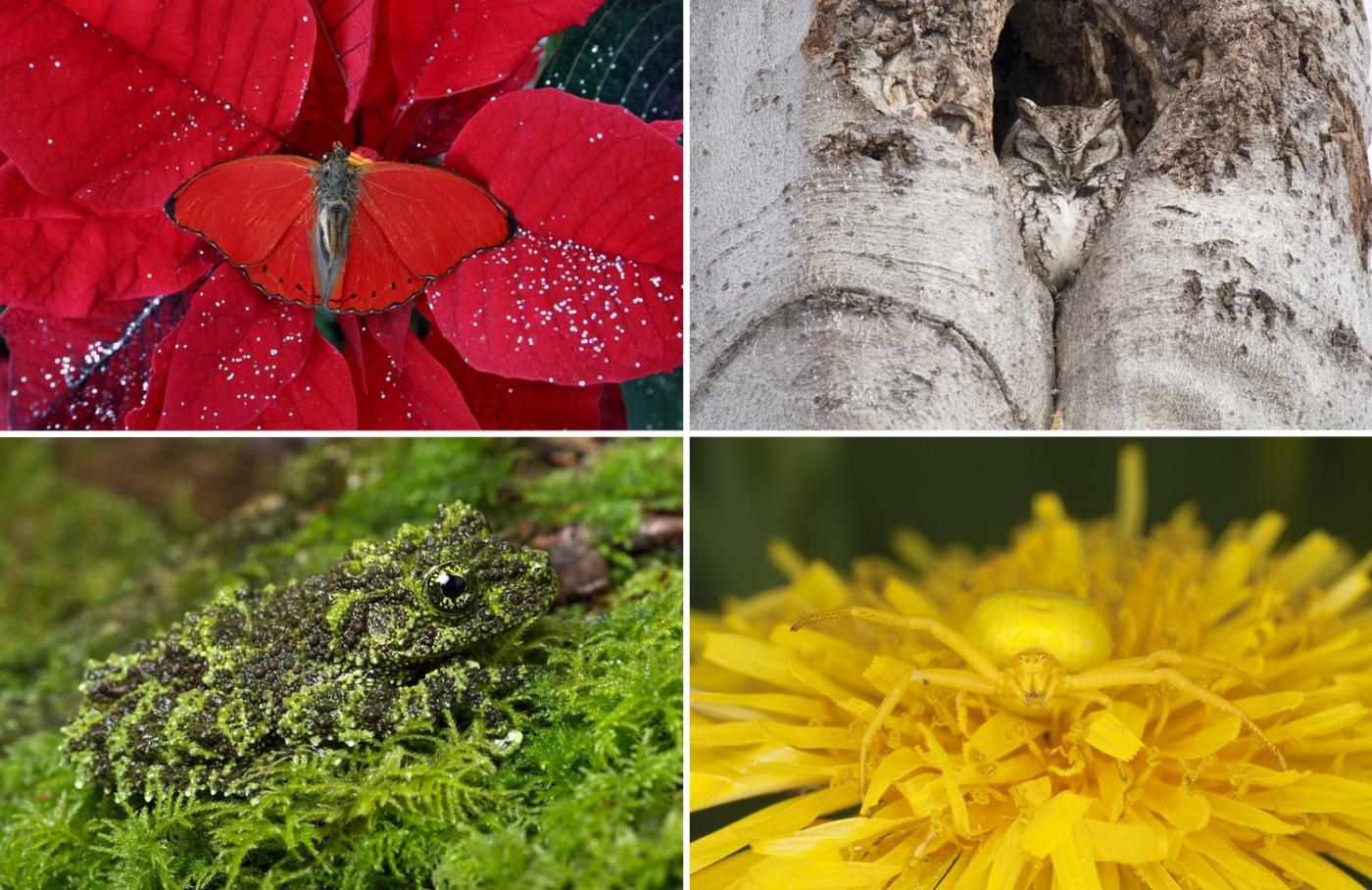
The animal kingdom can be harsh. What to do if you are a small animal trying to defend yourself or a predator who wants to stealthily stalk their prey? Evolution’s answer—camouflage. While we often think of the chameleon as the perfect example of camouflage, in reality, things are much more complex.
Two types of camouflage exist, one that makes animals difficult to see—crypsis—and one that disguises them as something else—mimesis. Crypsis, the most common type of animal camouflage, is often achieved because the animal’s colors resemble their environment. However, this is not the only way that animals can blend into the background.
Other forms of crypsis include animals that have patterns or markings that deliberately make it difficult to perceive the outlines of their bodies. Jaguars and the common frog are two examples of animals with this disruptive coloration. Other animals, such as butterflies and certain types of lizards, go to great lengths to eliminate their shadows, a technique that was employed by military camouflage during WWII.
Some camouflage animals will even reinforce their disguise by mimicking certain behaviors. For instance, the leafy seadragon actually sways like the seaweed it disguises itself as. And, of course, there are animals who adapt their coloration to the environment. The arctic hare will shed its coat, moving from winter white to brown or gray in the summer.
With mimesis, animals camouflage themselves as something that would be of little interest, whether a dead leaf or a twig. In doing so, these animals are passed over by predators who mistake them for something different or barely notice them at all. With a myriad of choices for disguise, animals of all types turn to camouflage to help them survive.
In celebration of the animal kingdom’s beauty, check out more than 20 animals that camouflage themselves. Can you spot them all?
Leaf-tailed Gecko
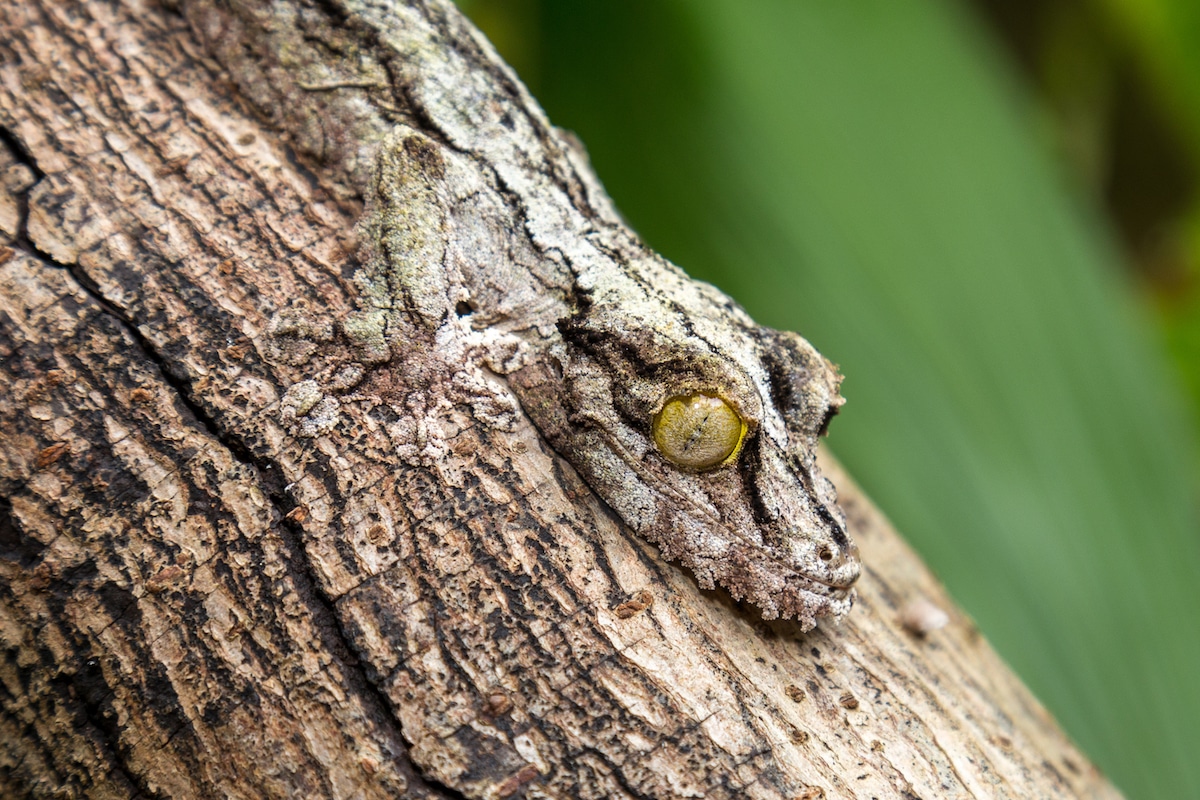
Photo credit: Anna Veselova / Shutterstock
Vietnamese Mossy Frog
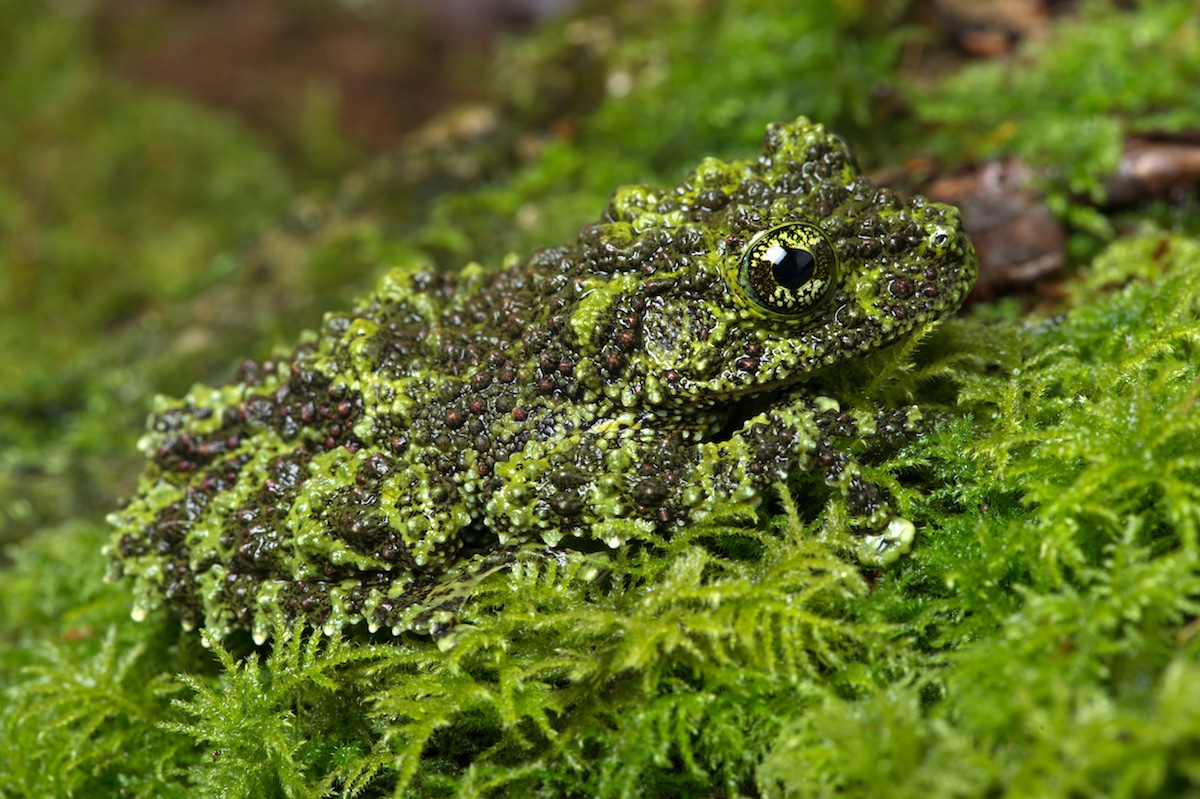
Photo credit: davemhuntphotography / Shutterstock
Mountain Hare
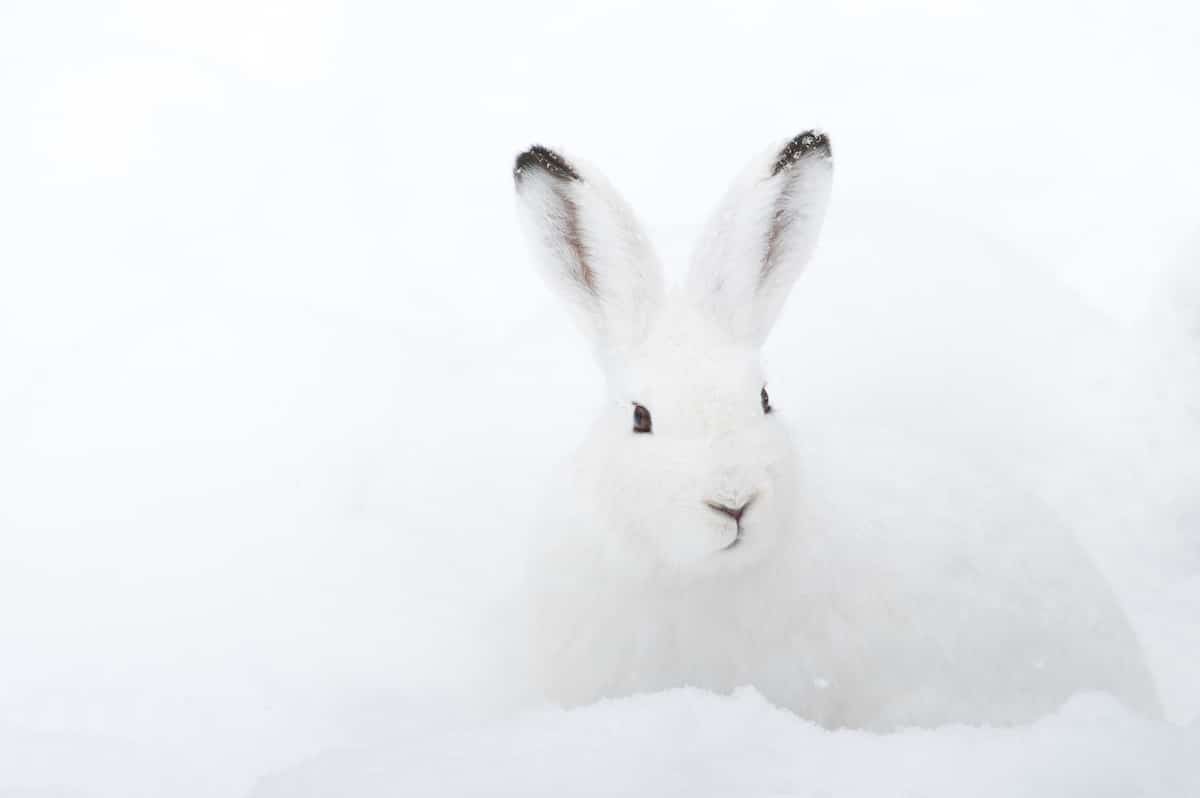
Photo credit: Peter Wey / Shutterstock
Goldenrod Crab Spider
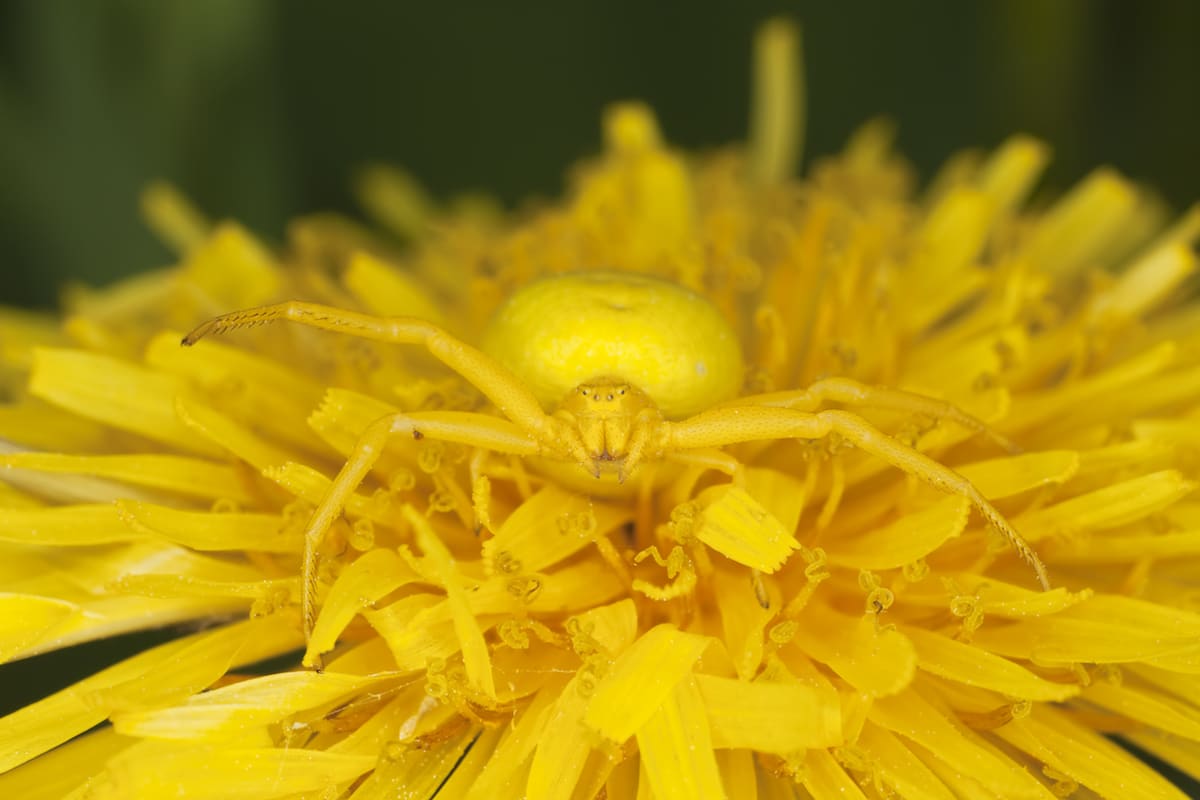
Photo credit: Henrik Larsson / Shutterstock
Western diamondback rattlesnake

Photo credit: Rusty Dodson / Shutterstock
Turtle

Image via fargioneorazio
Great Rockfish

Photo credit: scubaluna / Shutterstock
Moth

Photo credit: Wilm Ihlenfeld / Shutterstock
Eastern Screech Owl
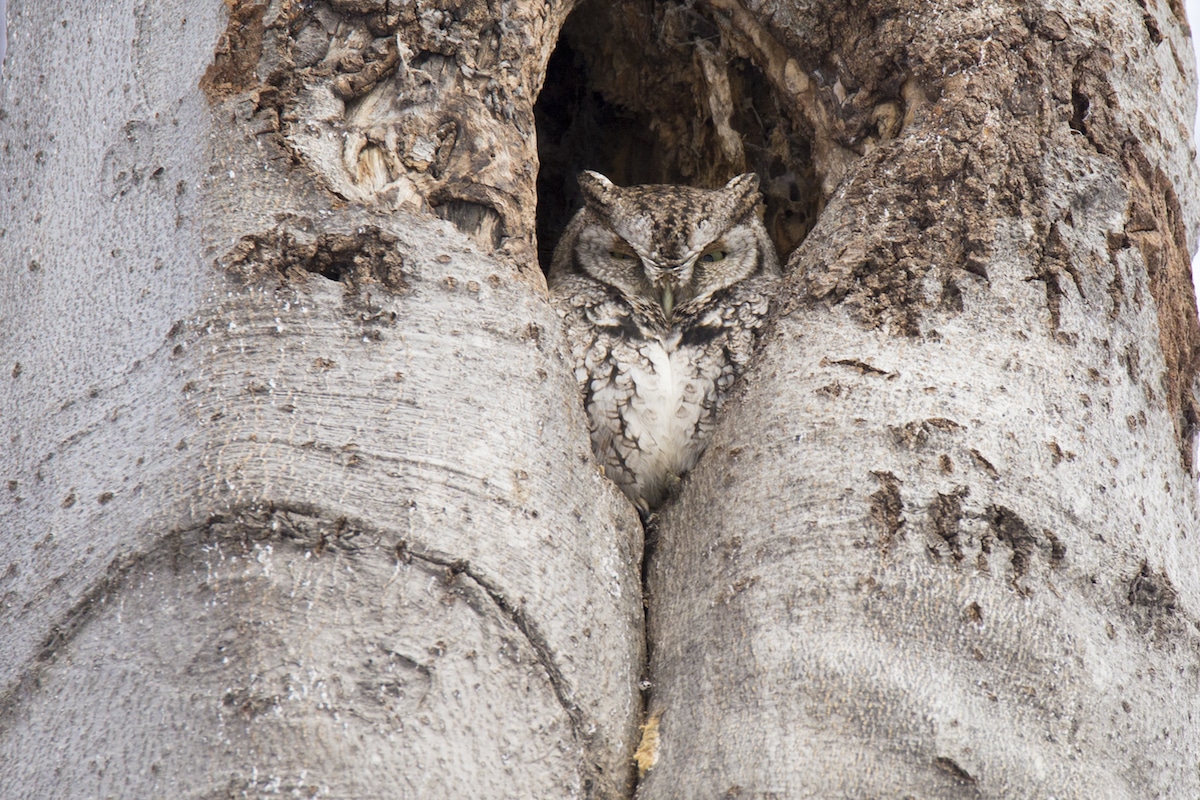
Photo credit: Mircea C / Shutterstock
Leafy Seadragon

Photo credit: Kris Wiktor / Shutterstock
Butterfly

Photo credit: Gianna Stadelmyer /Shutterstock
Mediterranean Octopus
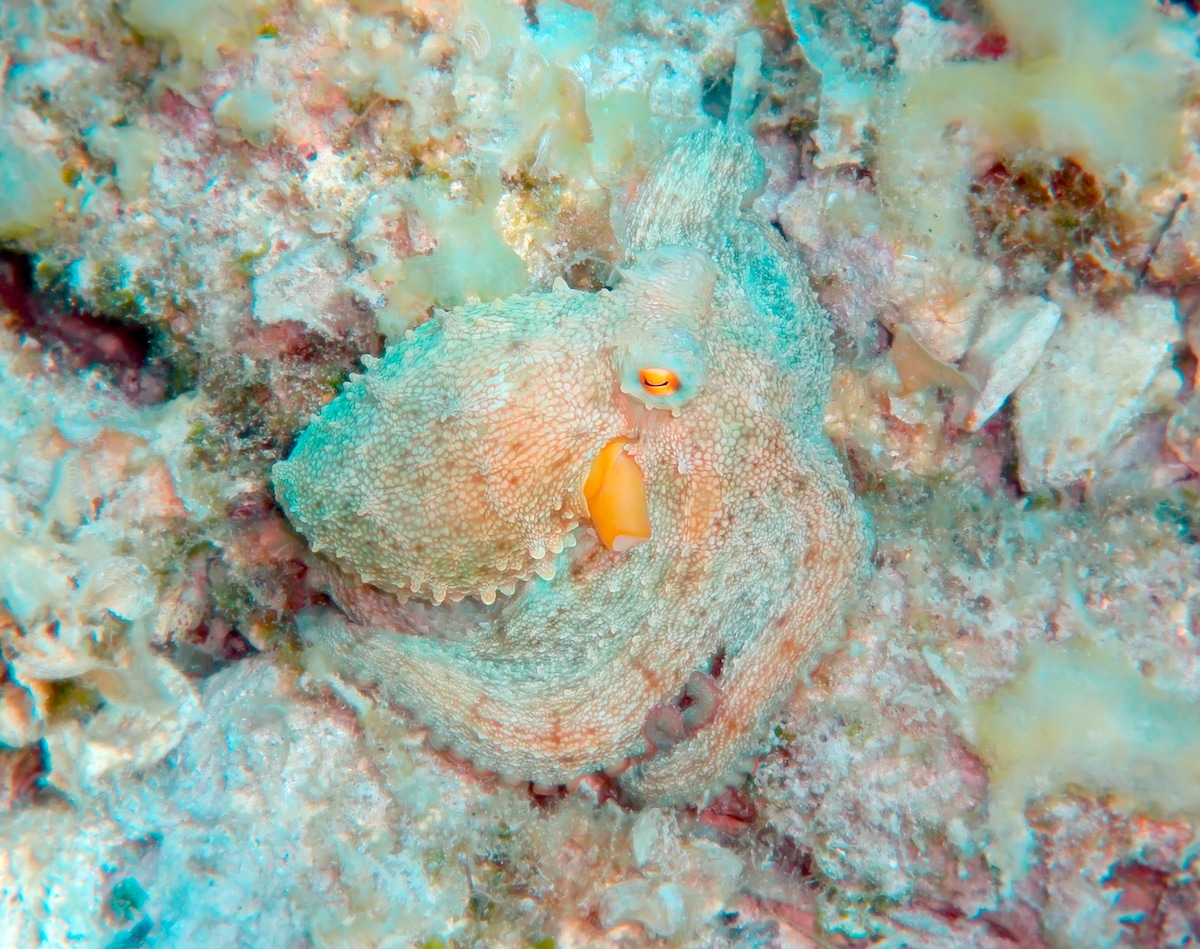
Photo credit: Dario Sabljak / Shutterstock
Perinet Chameleon
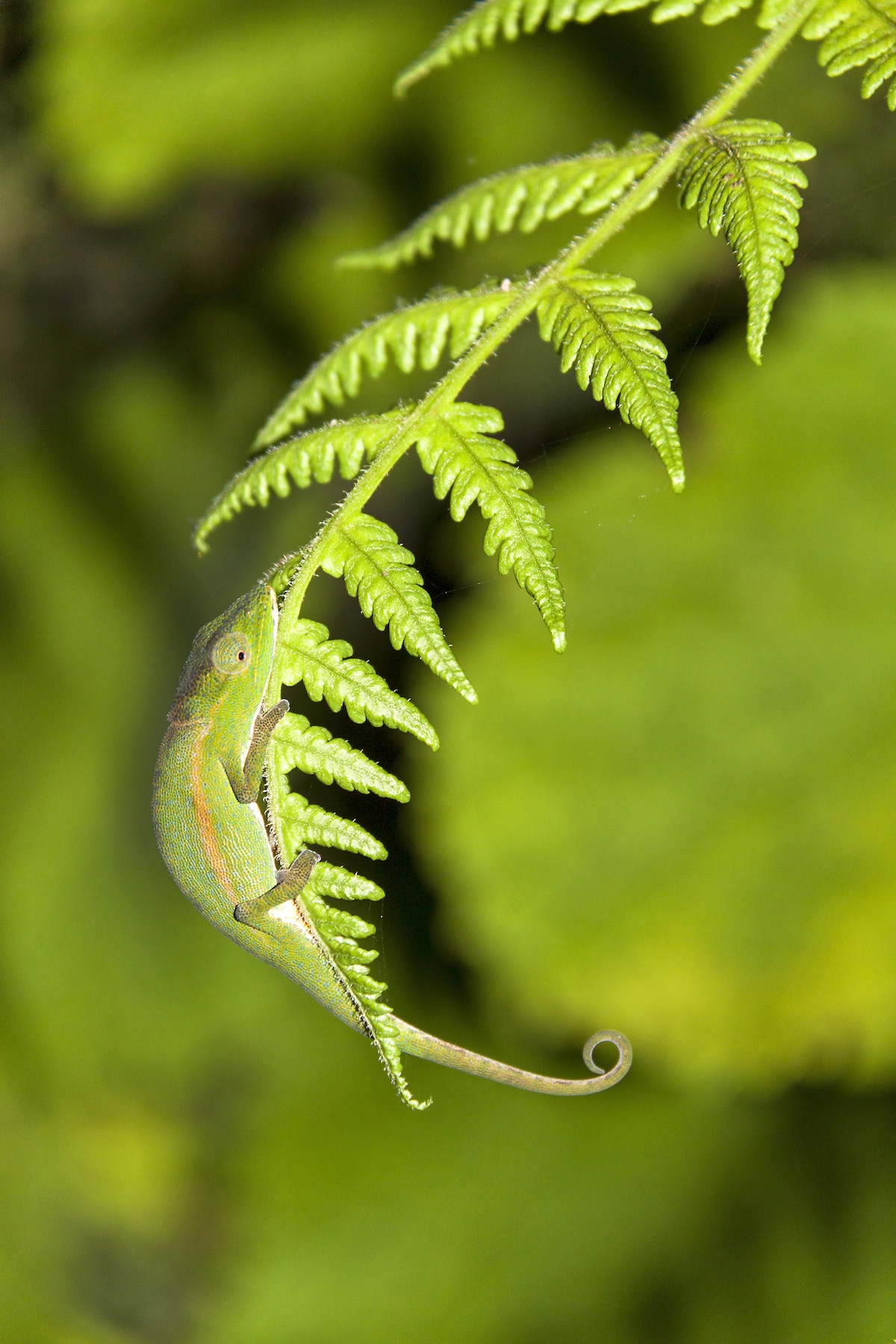
Photo credit: Dennis van de Water / Shutterstock
Tawny Frogmouth

Photo credit: Chris Watson / Shutterstock
Jaguar
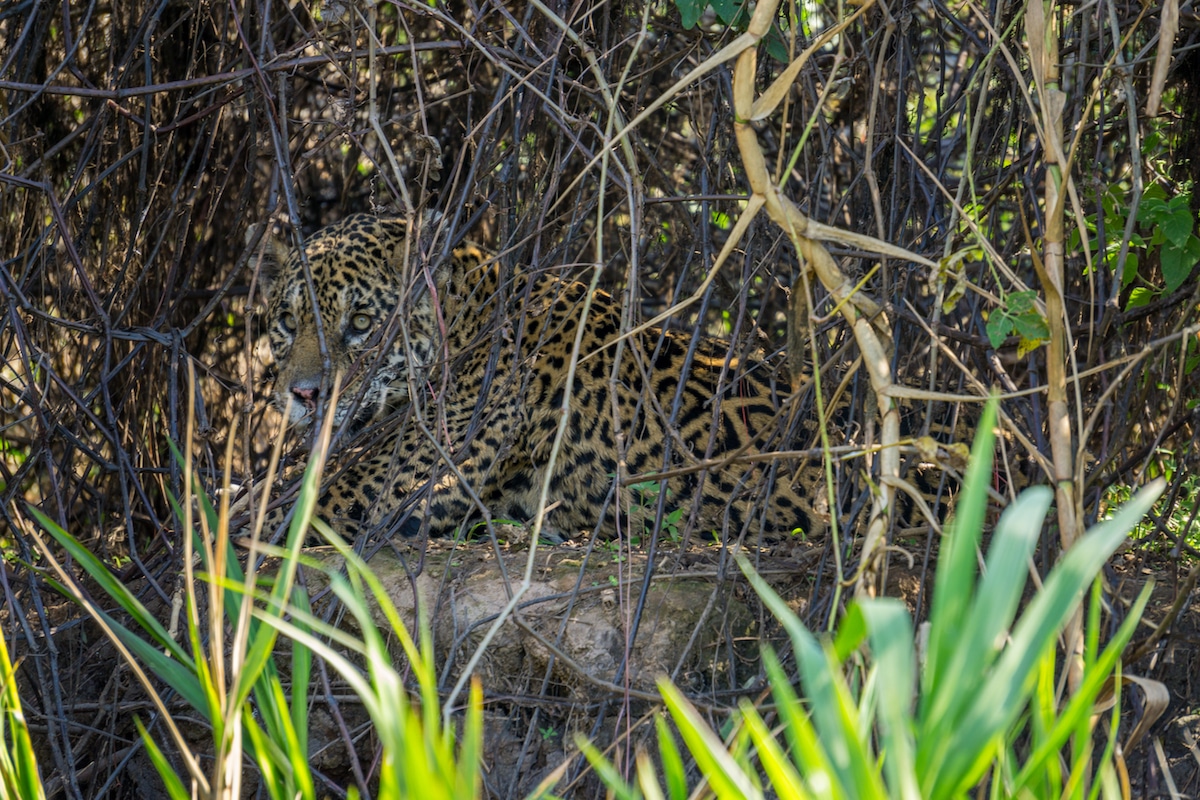
Photo credit: FCG / Shutterstock
Pink pygmy seahorse
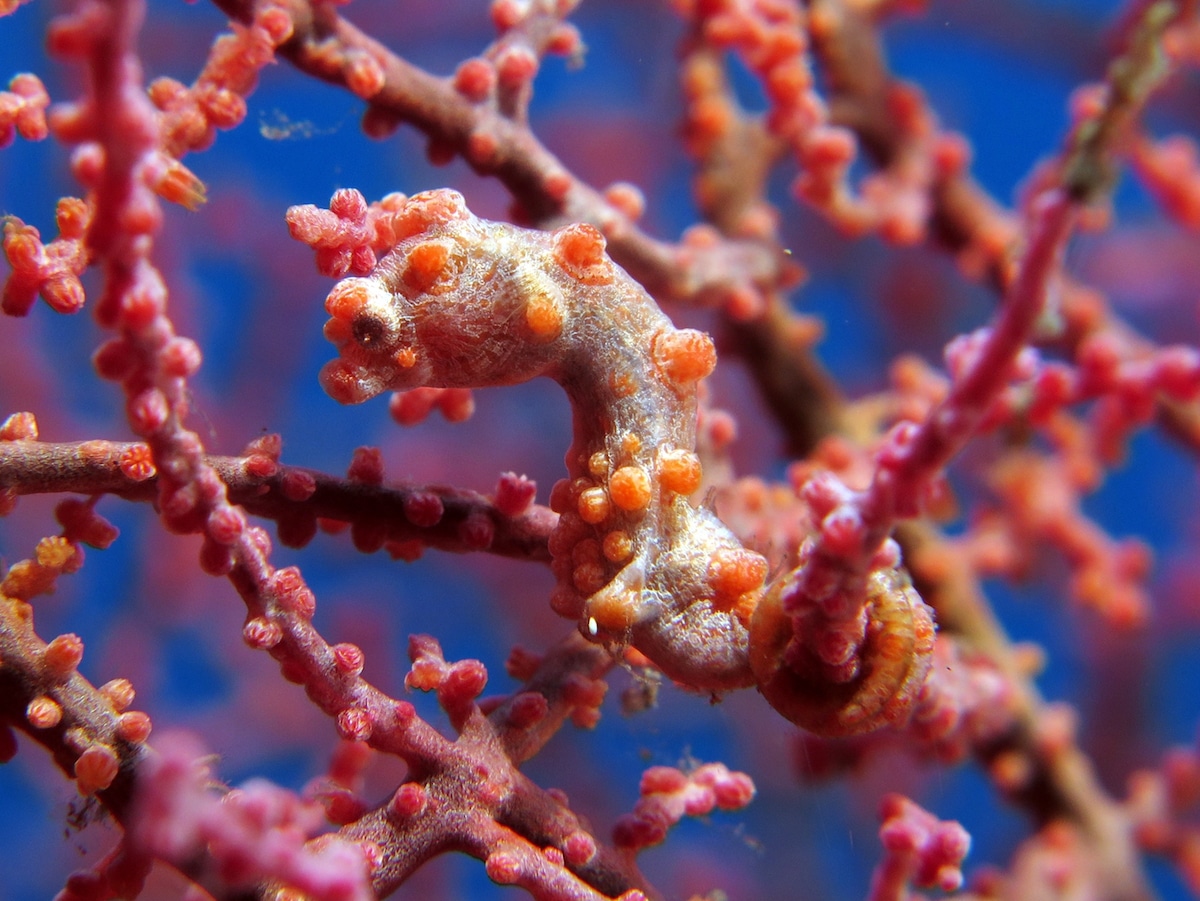
Photo credit: Laura Dinraths / Shutterstock
Dead Leaf Butterfly
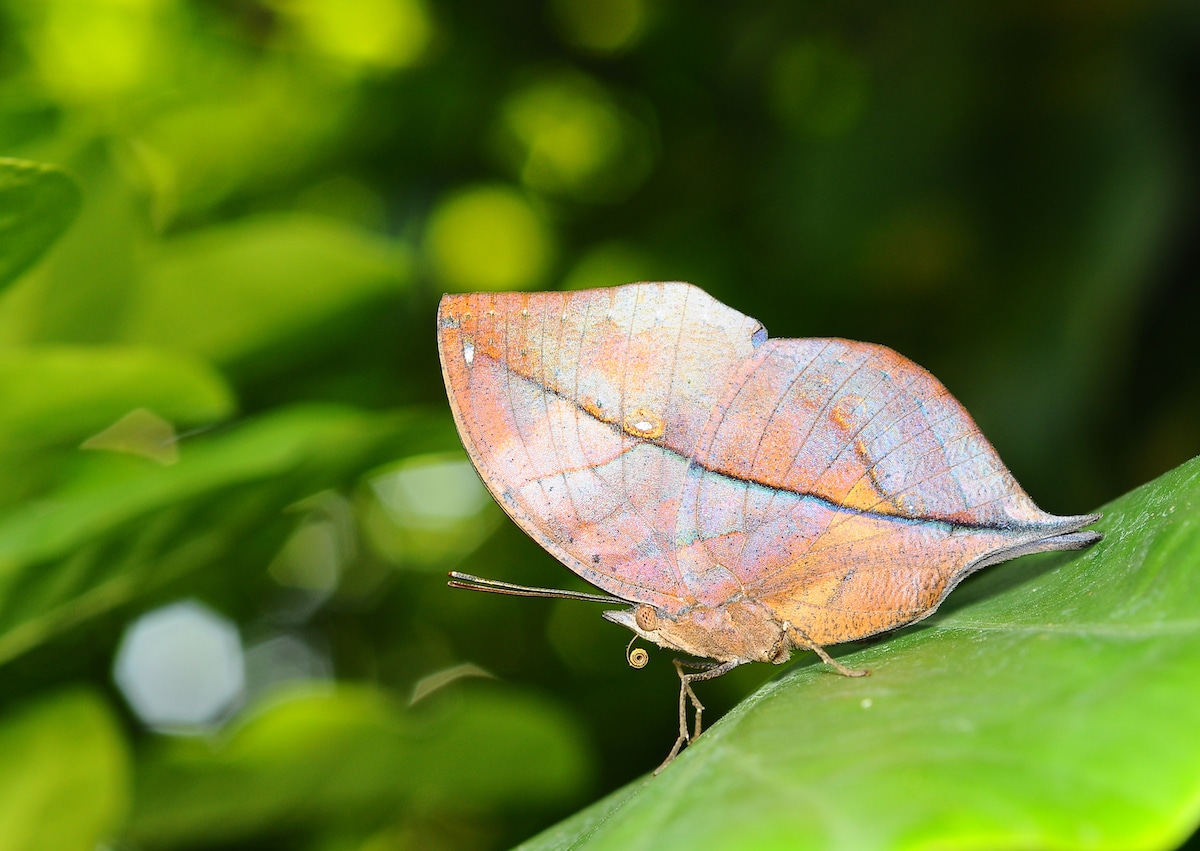
Photo credit: Lovely Bird / Shutterstock
Stone Fish
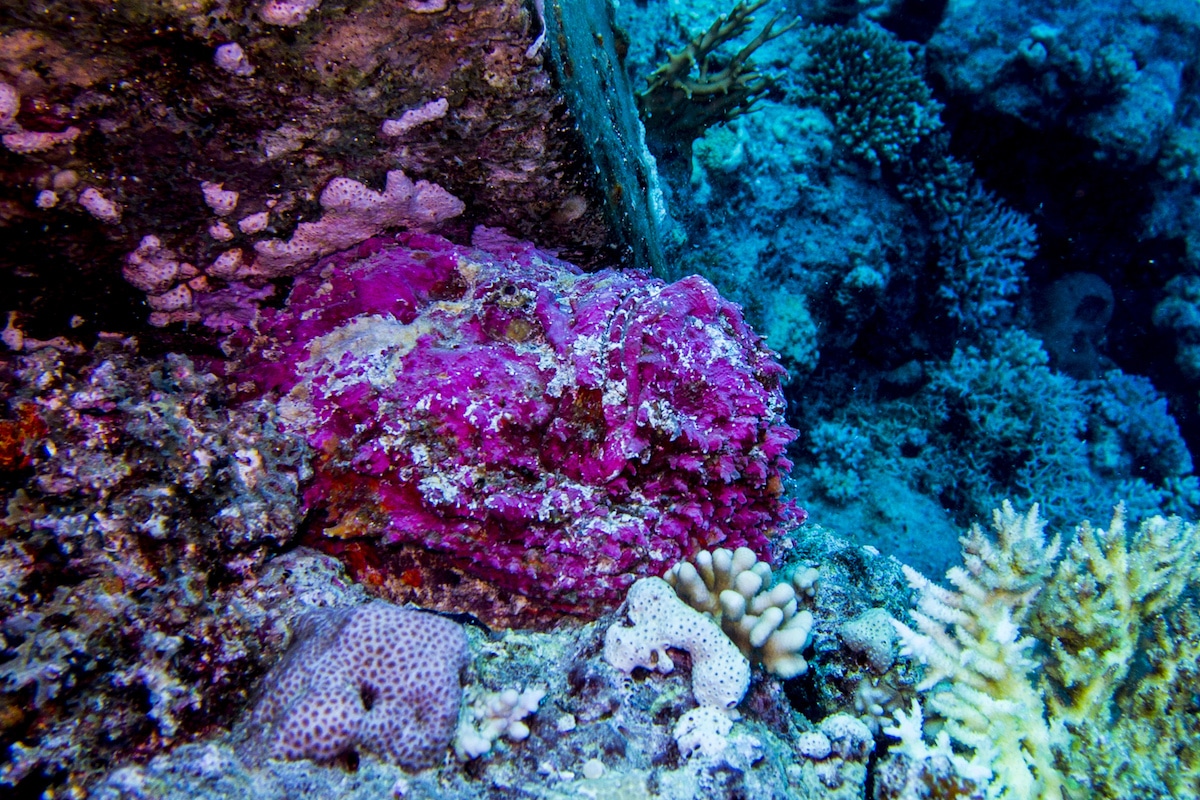
Photo credit: Adam Ke / Shutterstock
Sand Crab
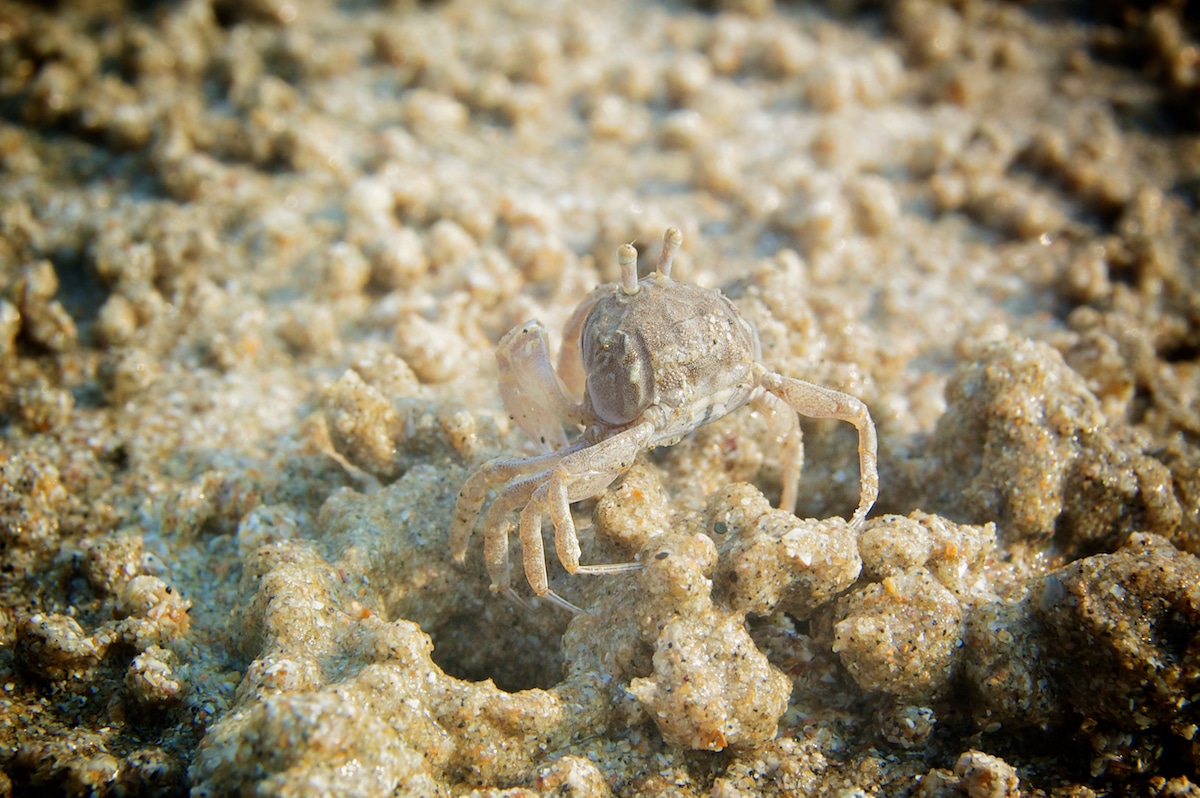
Photo credit: N.Sritawat / Shutterstock
Two-tailed Spider

Photo credit: Decha Thapanya / Shutterstock
Leaf Katydid
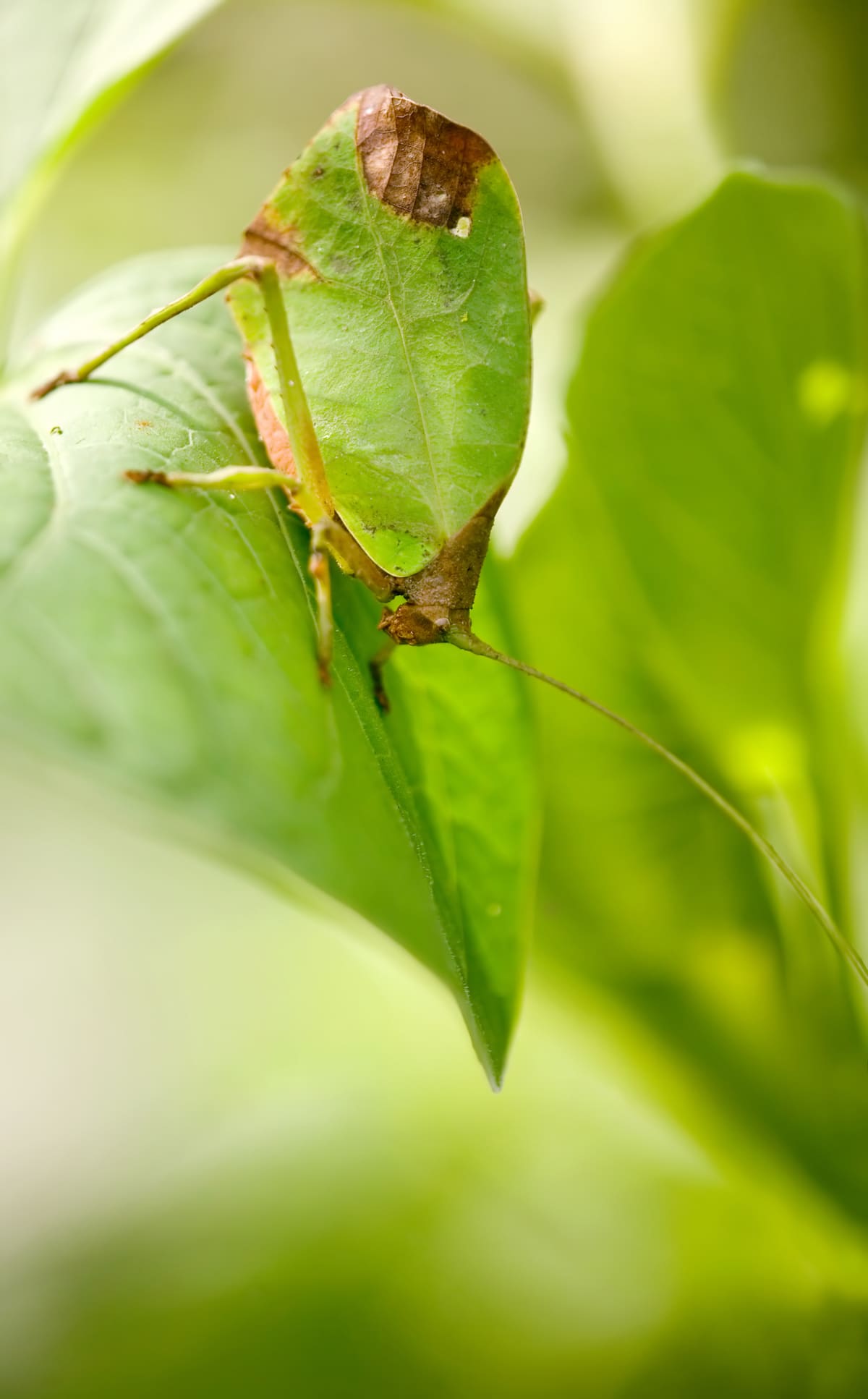
Photo credit: hagit berkovich / Shutterstock
Ghost Pipefish
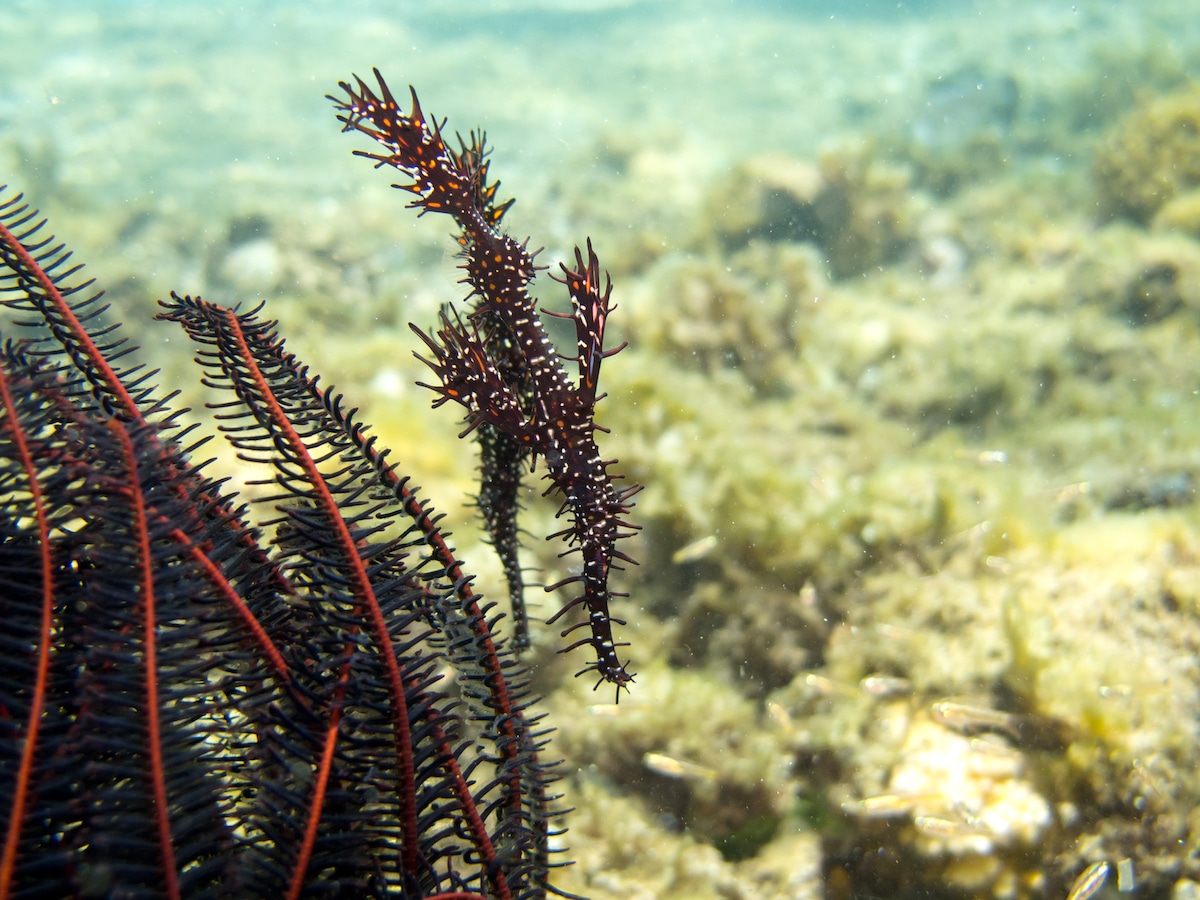
Photo credit: Ekkapan Poddamrong / Shutterstock
